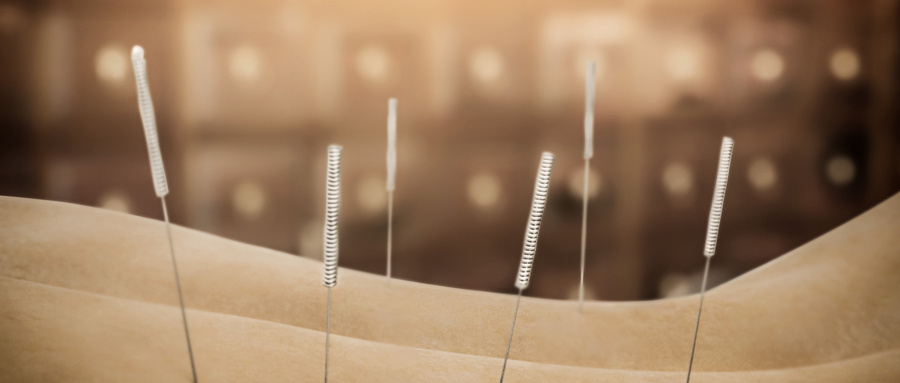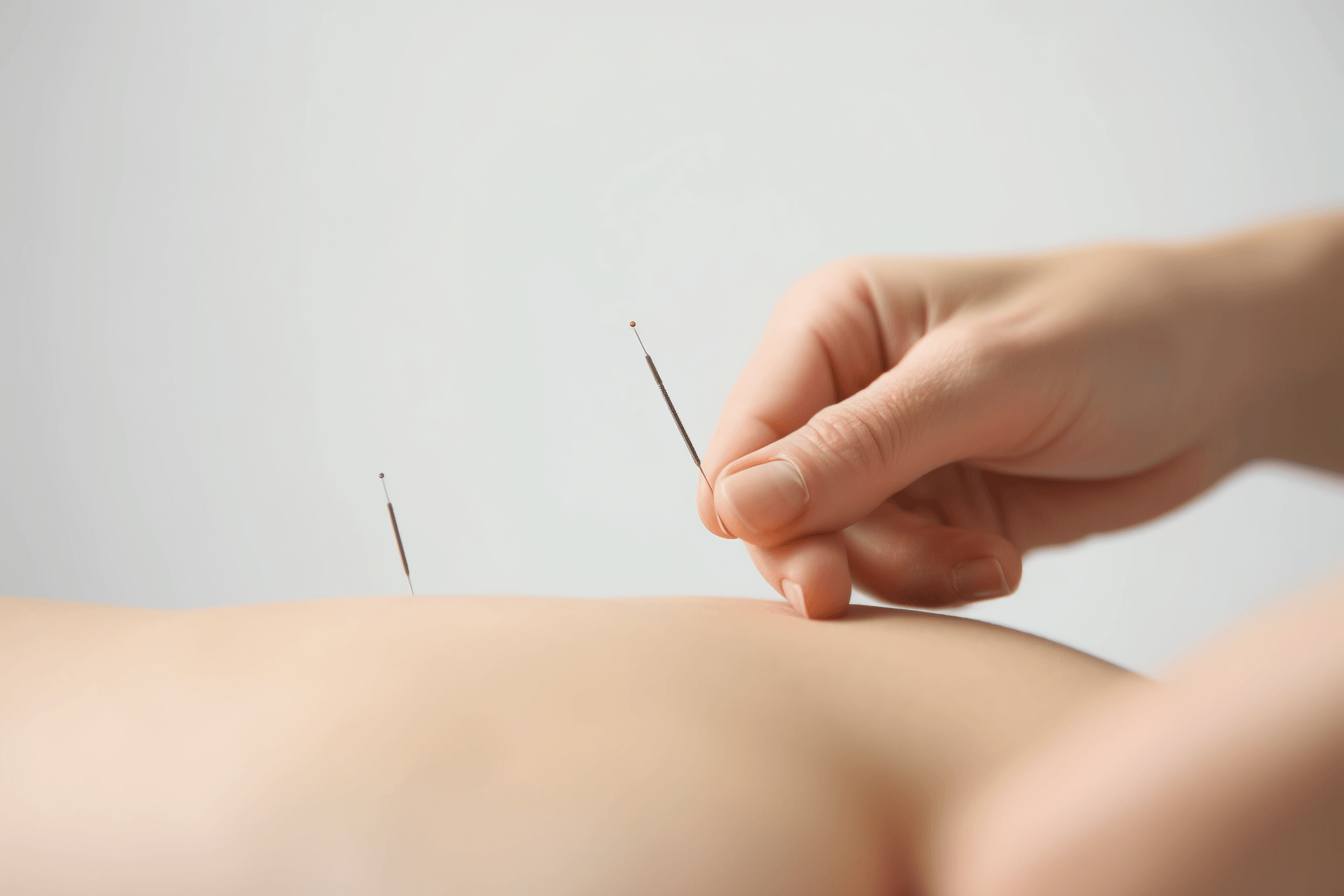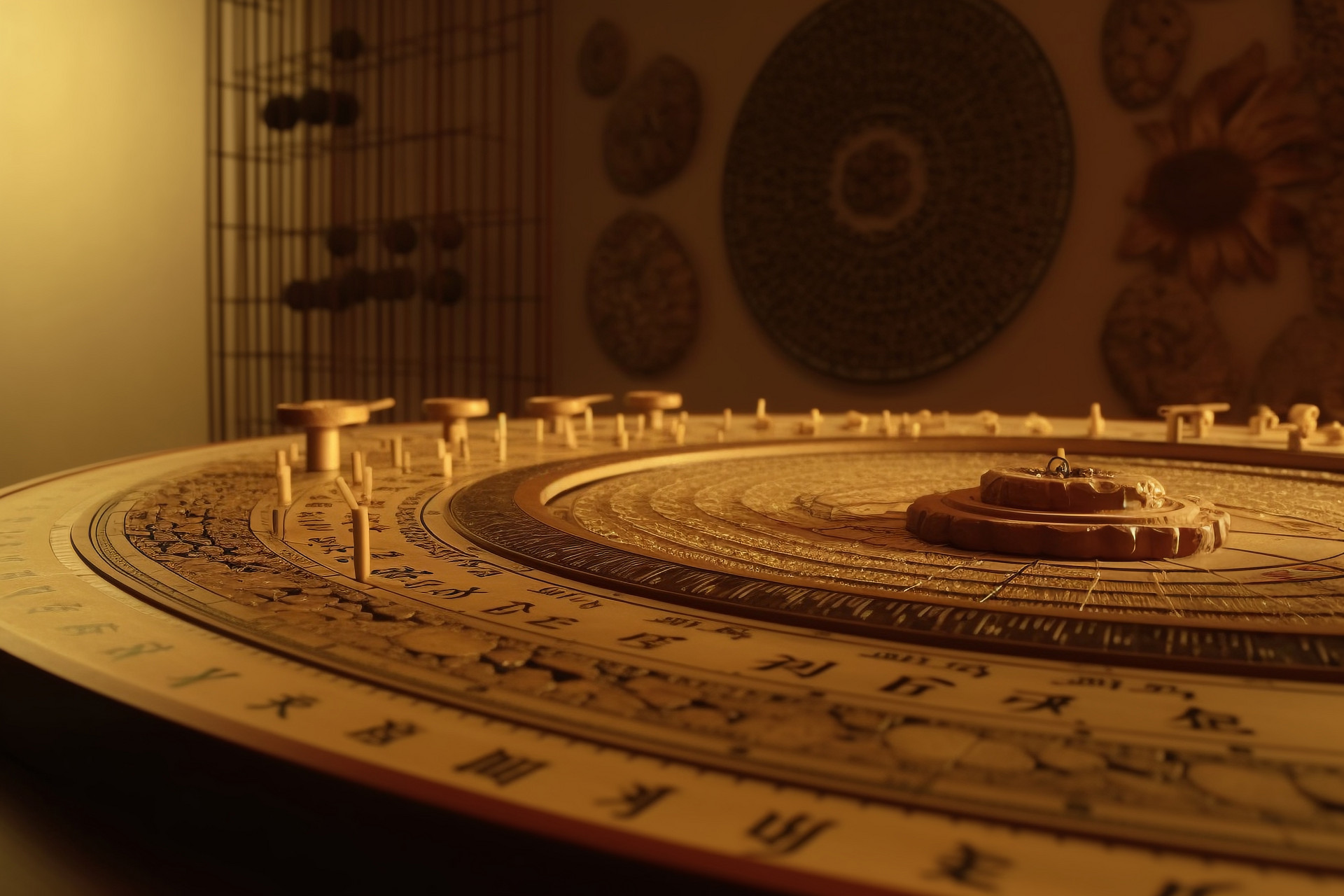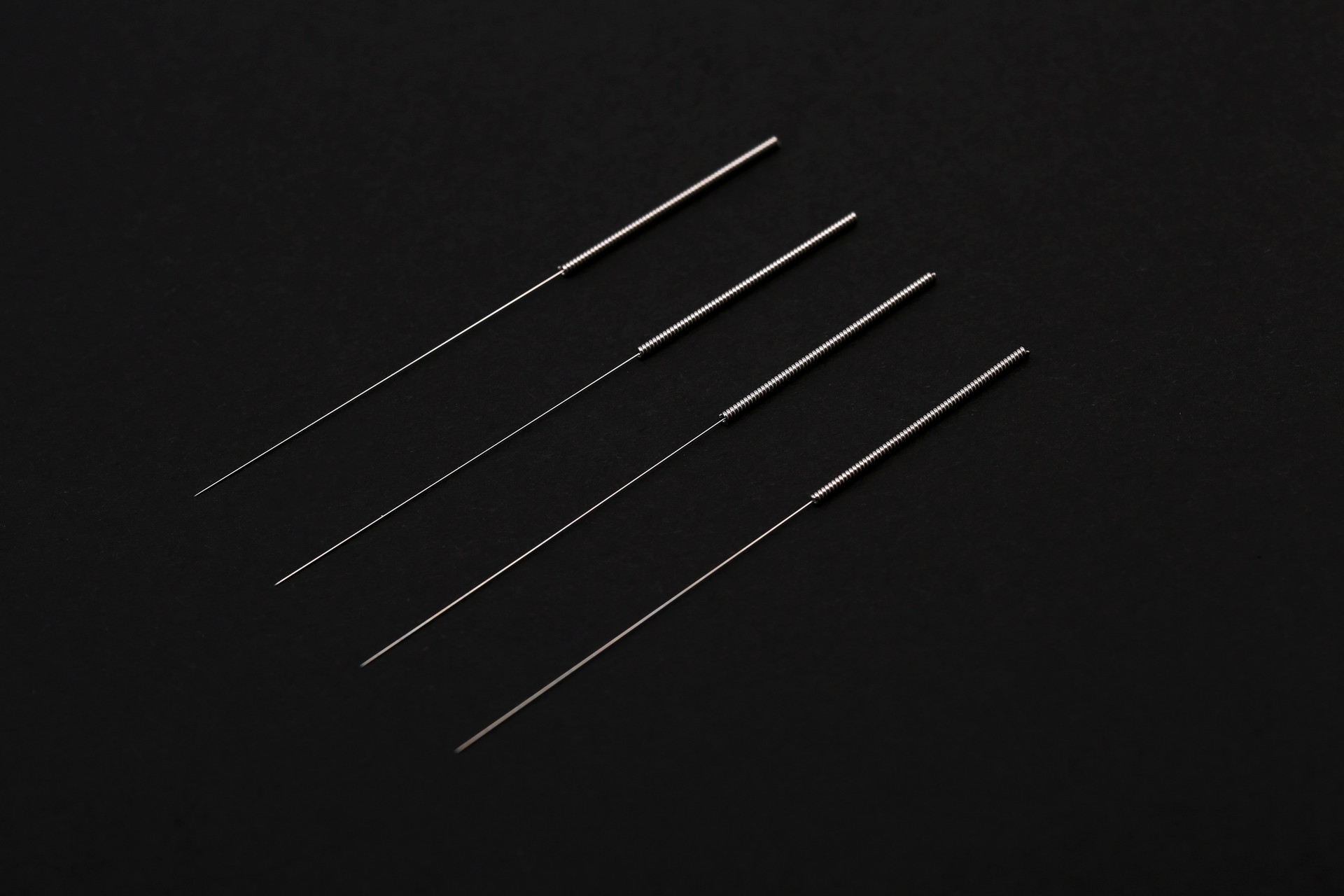Traditional Chinese medicine acupuncture and massage are mysterious and have unique methods for treating diseases. Quze acupoint is the confluent point of the pericardium meridian. The pericardium is the outer periphery of the heart and has the function of substituting the heart to receive pathogenic factors and carry out the heart's orders. Therefore, it can promote the circulation of meridians and effectively treat hypertension through acupuncture at the Quze acupoint.

[Methods for treating hypertension with the Quze acupoint]
1. Treatment of hypertension
After acupuncture at the Quze acupoint in hypertensive patients, most patients experience vasodilation and a decrease in blood pressure to varying degrees.
Pressing the Quze acupoint vertically with the thumb for 1-3 minutes can treat cardiovascular diseases such as heartache and palpitations caused by the rising of heart fire.
2. Treatment of angina pectoris in coronary heart disease
The effect on patients with angina pectoris in coronary heart disease was observed using non-invasive impedance cardiography to measure parameters such as stroke volume (SV). The results showed that moxibustion at the Quze acupoint can improve parameters such as dz/dt, SV, SI, and CISW, indicating that moxibustion at the Quze acupoint has a certain therapeutic effect on angina pectoris in coronary heart disease.
Acupuncture at the Quze acupoint can improve myocardial ischemia. Some patients with angina pectoris in coronary heart disease were treated with mild moxibustion using moxa sticks. Before moxibustion, 15 minutes into the moxibustion, and 5 minutes after stopping the moxibustion, relevant indicators were measured, showing significant improvement in heart function and alleviation of chest tightness and pain relief.
[Effects and functions of the Quze acupoint]
The Quze acupoint has the effects of clearing heat and resolving summer heat, harmonizing the stomach and descending rebellion, and clearing heat and detoxifying.
The Quze acupoint has the functions of regulating heart qi, regulating the intestines, and draining blood heat.

The Quze acupoint is the confluent point of the pericardium meridian of the hand Jueyin. The pericardium is the outer periphery of the heart and has the function of substituting the heart to receive pathogenic factors and carry out the heart's orders, so it can be used to treat heartache and palpitations.
The pericardium is interconnected with the Sanjiao meridian. The Quze acupoint is a confluent point and is effective in treating vomiting and diarrhea caused by "rebellious qi". Therefore, the Quze acupoint is used to treat gastrointestinal diseases.
[How to locate the Quze acupoint?]
The Quze acupoint is located in the middle of the elbow transverse lines, on the ulnar side of the brachialis tendon, with slight elbow flexion.
The Quze acupoint is located in the area in front of the elbow, above the elbow transverse lines, and in the hollow on the ulnar side of the brachialis tendon. With the palm facing up, slightly flex the elbow to locate the acupoint.
1. Acupoint location method
With the palm facing up, slightly flex the elbow and locate the Quze acupoint in the area in front of the elbow, above the elbow transverse lines, and in the hollow on the ulnar side of the brachialis tendon.
2. Anatomical location
Located on the ulnar side of the brachialis tendon; where the brachial artery and vein are; the main trunk of the median nerve passes through here, and below the acupoint are the skin, subcutaneous tissue, median nerve, and brachialis muscle. The skin is innervated by the medial cutaneous nerve of the arm, and the skin lines are deeper.
In addition to the medial cutaneous nerve, the subcutaneous tissue also contains the important basilic vein, which originates from the ulnar side of the dorsal hand vein network, ascends above the ulnar side of the forearm, turns to the front below the cubital fossa, and receives the median cubital vein here, then goes up along the medial edge of the brachialis muscle, and enters the brachial vein through the deep fascia at the midpoint of the arm.
The needle passes through the skin, subcutaneous fascia, between the basilic vein and the median cubital vein, and directly punctures the main trunk of the median nerve and the deep surface of the brachialis muscle. This muscle is innervated by the medial cutaneous nerve.
3. Hierarchical anatomy:
Skin → Subcutaneous tissue → Median nerve → Brachialis muscle.
Contains the main trunk of the median nerve and the brachial artery and vein.










